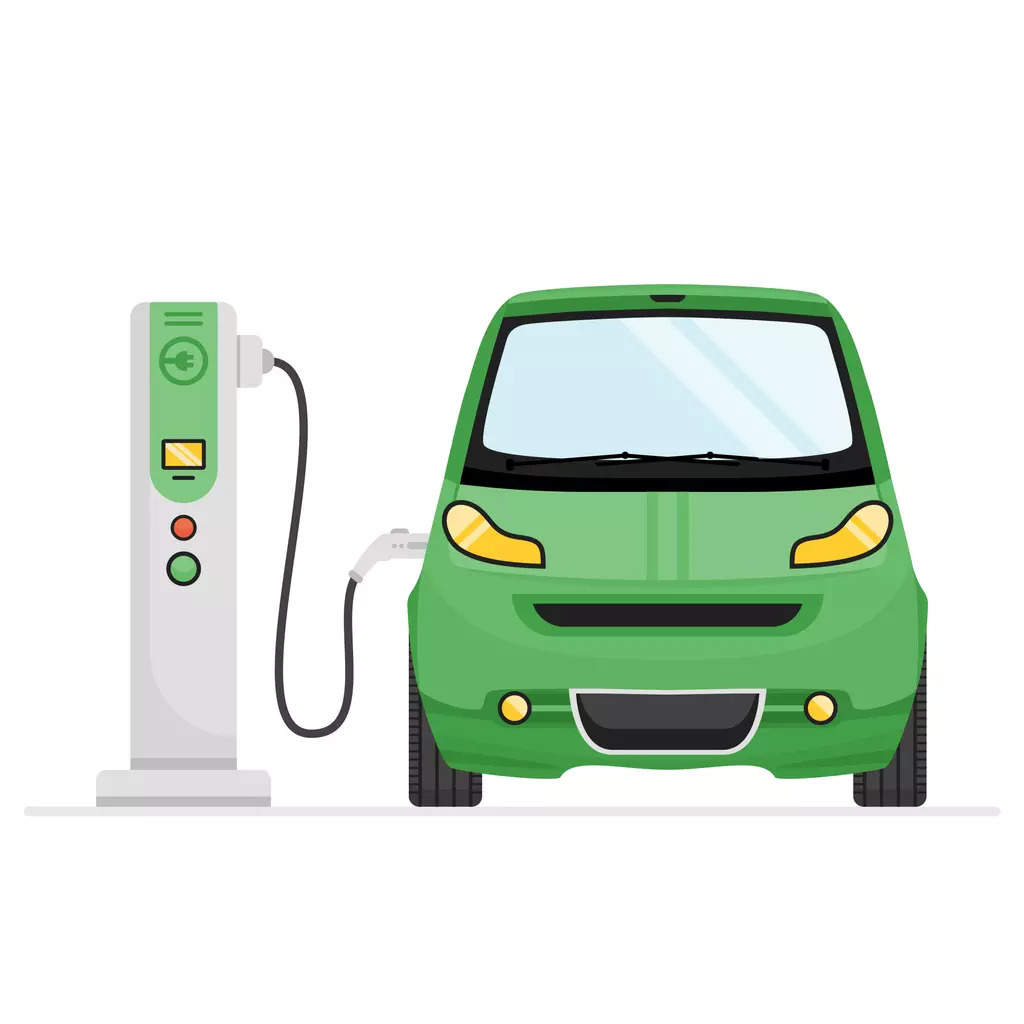
New Delhi: Being the Lok Sabha election year, the 2024 Union Budget on February 1 will be interim or provisional. The automotive industry expects the budget to adopt a growth-oriented strategy, prioritizing the enhancement of capabilities for localization and incentivizing the adoption of alternative fuel solutions. This aligns with the broader objective of achieving 50% energy capacity from renewables by 2030.
In 2023, the Indian automotive industry made significant gains by building upon the healthy growth in 2022. The Passenger Vehicle segment surged 8% by selling over 4 million units, Commercial Vehicle segment 5% with 0.98 million units, and two-wheelers 9% with sales exceeding 17 million units, gradually approaching its previous peak in 2018-19. The three-wheelers grew 63% year-on-year by selling over 0.68 million units in 2023.
This landmark year underscored the industry’s resilience and continued upward trajectory. In terms of fuel type, Electric Vehicles (EVs) made the highest Y-o-Y growth of 49% (1.53 million units sold in 2023). Despite challenges such as reduced FAME-II subsidies for the e-2wheeler segment, the industry regained momentum by August 2023.
The auto-component industry also demonstrated robust growth, with a 32.8% increase (USD 69.7 billion) in FY23, driven by domestic demand. EVs constituted approximately 2.7% of its total turnover in this period.
In alignment with India’s commitment to green mobility and domestic manufacturing, the EV sector anticipates positive measures in the Interim Budget 2024 to foster industry growth. Presently, EV penetration stands at 1%, and the industry seeks support for expansion. Emphasizing green and sustainable mobility, there’s a notable focus on production, utilization, and export of green hydrogen, backed by the Green Hydrogen Mission with a substantial INR 19,700-crore capital outlay.
The interim budget should not only address the current industry challenges but also promote long-term sustainable growth. The Budget can play a pivotal role in supporting the automotive sector’s transition by implementing measures to encourage and facilitate this shift.
A few areas where the budget can support the automotive industry to aid this transition are:
Incentives to enhance EV Ecosystem: TheEV ecosystem seeks encouragement for enhanced adoption, innovation, and infrastructure challenges. Under FAME-II, the Ministry of Heavy industries (MHI) has disbursed INR 5,228 crore in subsidies for about 1.15 million EVs and an additional INR 800 crore for setting up around 7,500 fast charging stations across the country.
There is much anticipation for clarity on FAME-III subsidy, which is projected to have heightened focus on mass transportation, alternative fuel initiatives and charging infrastructure. Including EVs in Priority Sector Lending (PSLs) to make EV financing more accessible,will also be key in enhancing EV adoption. In addition to the incentives aimed at directly improving EV registrations, the budget should also focus on extending support across the entire EV ecosystem, such as boosting indigenous production, provisions for enabling fast-charging infrastructure uniformly across the country, comprehensive battery swapping policy, and insurance norms tailored for EVs, among others.
Fostering growth for startups and MSMEs: To boost the EV ecosystem among MSMEs and startups, the government should incentivize measures such as facilitating domestic battery manufacturing, promoting skilling initiatives, and providing benefits such as accelerated depreciation and specialised EV financing. With the commercial vehicle industry poised to thrive amidst infrastructure development and e-commerce growth, extending government incentives in this sector can catalyse innovation and foster sustained expansion, driving the production and adoption of electric vehicles among MSMEs.
Thrust on renewable power sector: India needs approximately USD 2.5 trillion in investments by 2030 to keep up with its sustainable energy goals. With the transport sector accounting for around 10% of India’s greenhouse emissions- transition to green mobility, backed by renewable sources is key to reducing carbon footprint. Policy initiatives focusing on research, development, manufacturing, and investments in clean energy solutions like wind and solar can accelerate progress. Supporting these efforts with viability gap funding and low-cost financing through a dedicated green fund will strengthen the transition to sustainable energy.
PLI program for green hydrogen: The nationwide PLI program for green hydrogen is a positive step (hydrogen could contribute to more than 20% of annual global emission reductions by 2050). Th on-going efforts towards indigenous manufacturing of electrolysers will solidify India’s role as a net energy provider and exporter, also cutting down ther fuel import costs.
Flexi-fuel technology: The interim budget can incentivise wider adoption of flexi-fuel technology. With government advancing the 20% ethanol blended petrol (E20) from 2030 to 2025, it requires an estimated 2.68 billion gallons or 10.15 billion litres of ethanol. The blending of ethanol into petrol has resulted in foreign exchange savings of over INR 24,300 in the supply year 2022-23. The total number of outlets retailing 20% ethanol-blended fuel currently stands at 9,300. To be able to adhere to the projected roadmap to enable timely adoption, incentives towards production as well as diverting sugarcane for ethanol are vital.
In conclusion, as the nation moves towards sustainable and green mobility, the Interim Budget 2024 is anticipated to provide crucial support and incentives. The budget should focus on enhancing the EV ecosystem (in tandem with prioritising indigenous capabilities), investing in renewable energy, and incentivizing alternative fuel technology towards fostering a robust automotive landscape.
(Disclaimer: Saket Mehra is Partner and Auto Industry Leader, at Grant Thornton Bharat. Views are personal.)

